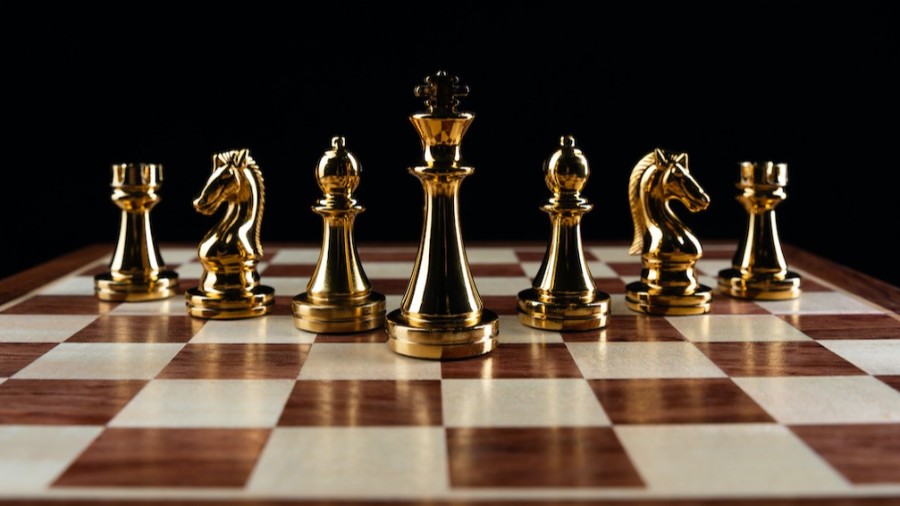Chess is well known for both its intricate and lovely pieces as well as for its strategy and tactics. Many individuals would frequently display a polished hardwood set in their houses, even if they don’t play or even understand the rules. The elegant Northern Upright pieces to the recognizable figures of the Isle of Lewis custom chess sets were all in use before the Staunton set became the norm, although the Staunton pattern pieces have been the standard chess set for international competition for the past one and a half centuries. This post serves as a guide to the many chess piece patterns as well as what to look for when purchasing a chess set for actual play.
Dimension and Weight
When looking to purchase a chess set, you could come across descriptions of the sets that include the size, typically in inches. If you’re buying a set to use in a tournament (since certain tournaments in nations like the USA demand participants to supply all of their equipment, including chess clocks), that’s the size you should strive for as the height of the king in a conventional tournament chess set is 3.75″.
The larger the pieces, clearly the more expensive they are, as larger pieces tend to be more ornately carved. Sets with 4″ or larger kings tend to be particularly striking as display pieces. The carving of the knight is frequently a good indicator of the cost of a chess set because it typically requires more skill than the other pieces, which are typically symmetrical and can be produced on a lathe.
Staunton Pattern
The Staunton pieces, which are arguably the most recognizable of all chess sets, are named for the 19th-century English master Howard Staunton, who is thought to have been the strongest player in the 1840s. The pieces were created by Nathaniel Cook and first made by Jaques of London in 1849; Staunton did not create them, but he contributed his name to market them in one of the earliest instances of sports sponsorship. Staunton pieces resemble smooth columns with a wide base and tapering tops that are capped with stylized motifs that identify each piece. The king, whose crown always has a cross on top, is the Staunton piece that is the easiest to recognize.
Zagreb and Dubrovnik
The Zagreb style, which originated in Dubrovnik and is closely related to it, is an Eastern European adaptation of the Staunton pattern from the middle of the 20th century. The pieces frequently have different-colored finials (the ornate orbs and crosses that cap the pieces), so the white queen may be crowned with a black orb and vice versa. They feel smoother and more rounded than typical Staunton sets. The shape of the knight, which often has a downward-pointing face and a bent, S-shaped neck, is another distinguishing element of the design. The king’s crown is typically capped with a plain orb rather than a cross in the Dubrovnik design as opposed to the Zagreb form.
Northern Upright
This furniture style, also known as Edinburgh Upright, was well-liked in the early to mid-19th century, especially among some of the European aristocracy. It was one of the direct forerunners of the Staunton design. The pieces have slender, tall columns with straightforward designs on top. The bishop’s split miter is typical of the period before Staunton, while the orb-headed queen almost resembles an extremely tall pawn. The tall, thin pieces were prone to toppling during play, like many sets of the time, a flaw that the solid Staunton pieces that would replace them would not share. But the Upright design is still a striking and refined one that belongs in the collection of every chess aficionado.

